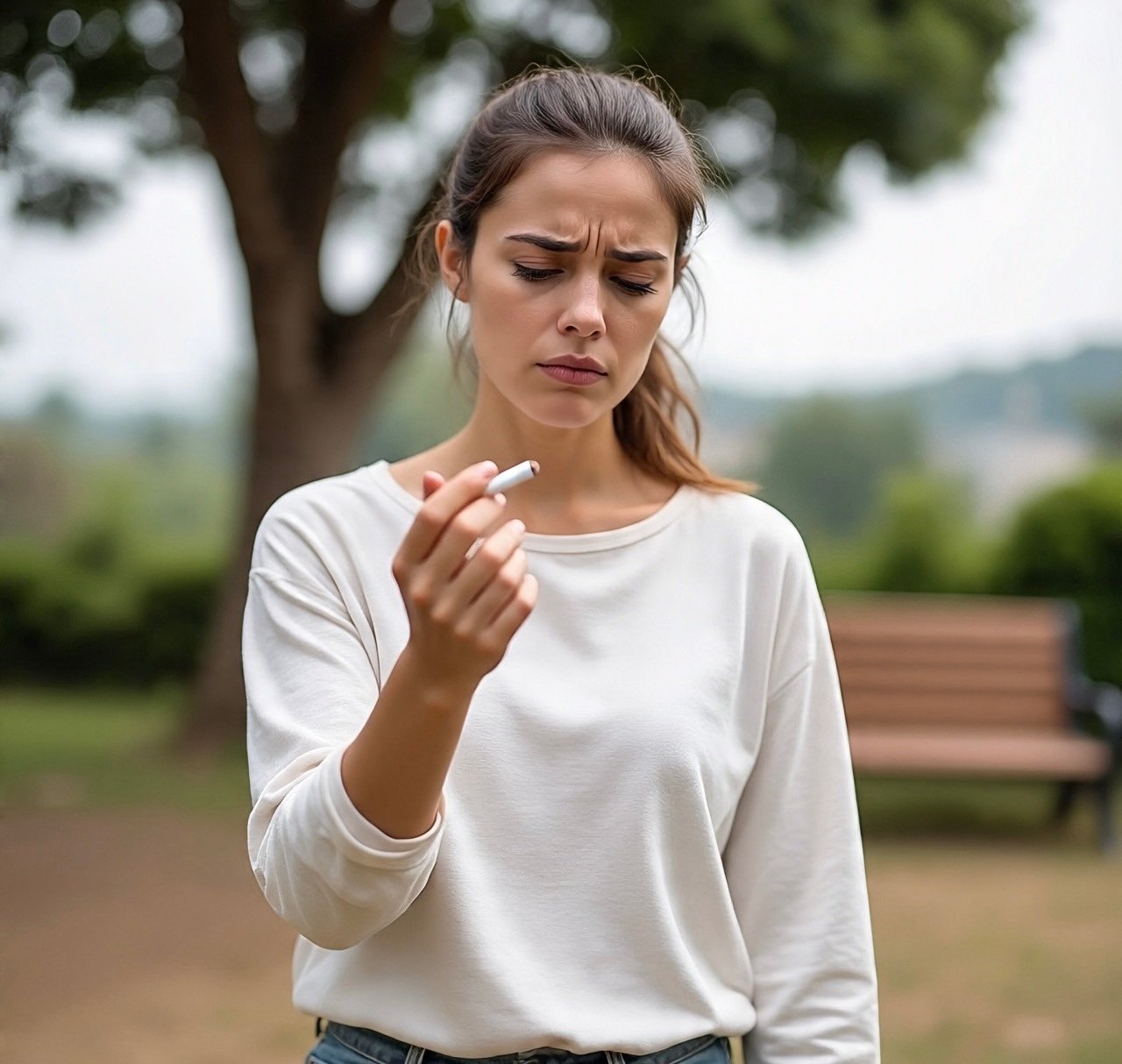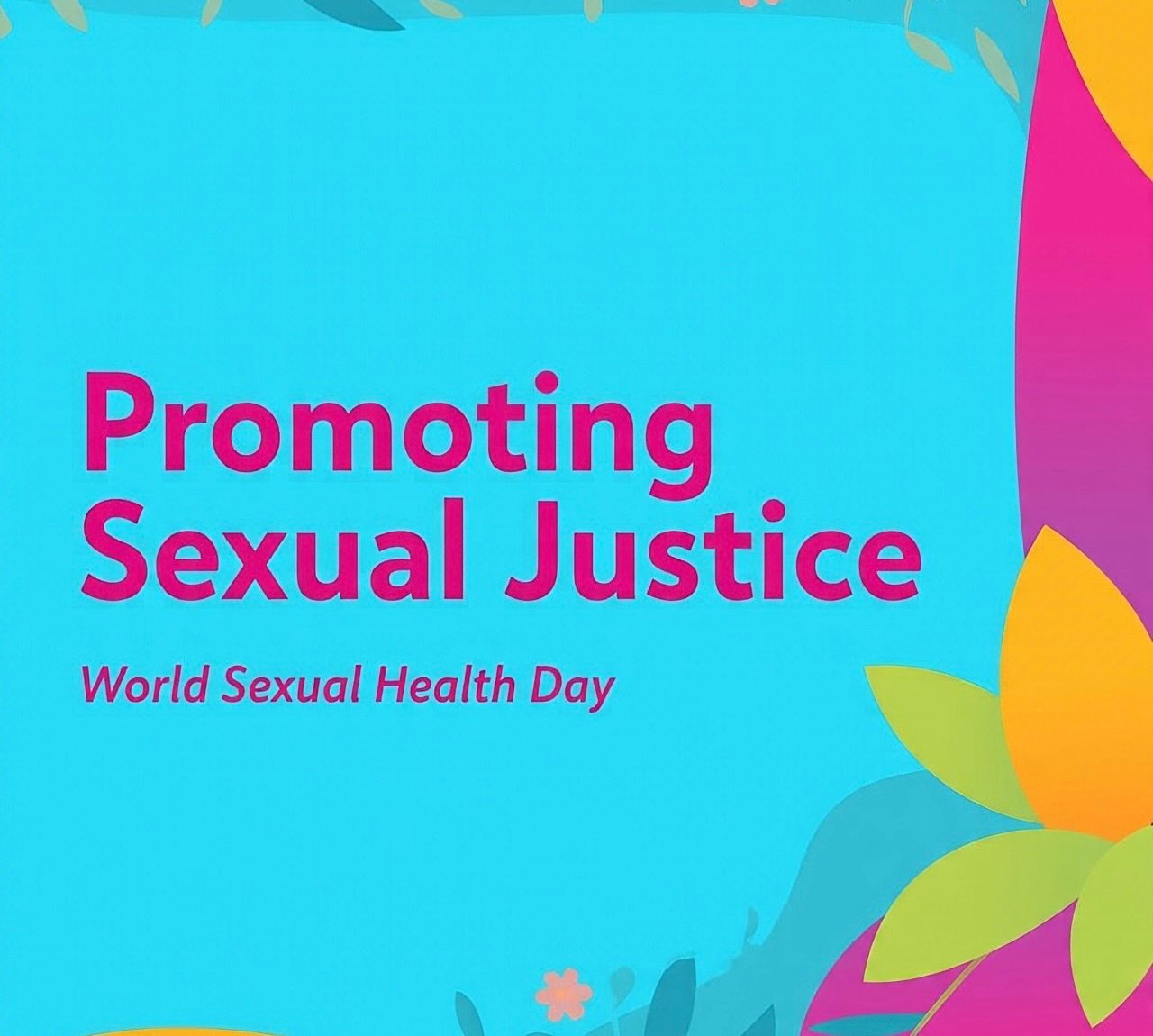Every year, more than 720,000 people die by suicide, leaving devastating consequences for families, communities, and entire societies worldwide. Marking World Suicide Prevention Day 2025, the World Health Organization (WHO) urged immediate global action to challenge stigma, expand mental health support, and implement proven suicide prevention strategies.
“Each life lost leaves a profound impact on loved ones and communities,” said WHO Director-General Dr. Tedros Adhanom Ghebreyesus. “We must move from silence to openness, from stigma to empathy, and from neglect to meaningful support.”
Suicide: A Leading Cause of Death Among Youth
In 2021, suicide was the third leading cause of death among people aged 15 to 29, underscoring its devastating impact on youth. While suicide affects all age groups, young people and vulnerable communities remain particularly at risk.
Almost three-quarters of suicides occur in low- and middle-income countries, showing that the challenge extends far beyond wealthier nations. Global suicide rates stand at 8.9 per 100,000 people, with notable regional differences:
- Africa: 11.5 per 100,000 (highest globally)
- Europe and Southeast Asia: 10.1 per 100,000
- Western Pacific: 7.5 per 100,000
- Eastern Mediterranean: 4.0 per 100,000 (lowest globally)
Who Faces the Highest Risk?
Suicide risk is strongly linked to depression, alcohol use disorders, and previous attempts, yet many suicides occur impulsively during crises. Financial hardship, relationship breakdowns, and chronic illness often act as triggers.
People living with conflict, disaster, violence, or social isolation face increased risks. Discrimination also plays a significant role, with higher suicide rates among refugees, migrants, indigenous communities, LGBTI individuals, and people in detention.
Breaking Silence and Ending Stigma
WHO emphasizes that preventing suicide requires safe environments where people can seek help without shame or judgment. It also demands systemic change, with governments prioritizing mental health in policy and budgets.
Despite growing awareness, investment remains inadequate. The 2024 Mental Health Atlas showed that mental health spending has stagnated at just 2 percent of total health budgets since 2017. Wealthy nations spend about $65 per person, while low-income countries spend only $0.04 per person.
“Shifting the narrative means treating mental health as essential healthcare and ensuring governments fund quality mental health services,” Dr. Tedros stressed.
Suicide Prevention Is Possible
Through its LIVE LIFE initiative, WHO highlights evidence-based suicide prevention strategies:
- Restricting access to common means of suicide, such as pesticides, firearms, and dangerous medicines.
- Promoting responsible media coverage to avoid sensationalism and harmful reporting.
- Teaching adolescents life skills that improve resilience and coping abilities.
- Ensuring early identification, follow-up care, and community support for those at risk.
Combined with stronger investments in mental health systems, these approaches can save thousands of lives every year.
Mental Health as a Human Right
WHO stresses that mental health is a universal human right. Access to care and support should never depend on geography, income, or social background.
“By fostering compassion and implementing proven prevention measures, societies can reduce stigma and ensure fewer lives are lost to suicide,” concluded Dr. Tedros.
Questions and Answers
Q: Why is suicide prevention urgent now?
Because suicide remains a leading cause of death among youth and continues to rise in vulnerable communities worldwide.
Q: What are the most effective prevention measures?
Restricting access to lethal means, responsible media reporting, life skills training, and early intervention with supportive care.
Frequently Asked Questions (FAQ)
1. How many people die by suicide every year?
More than 720,000 people globally, according to WHO estimates.
2. Which region records the highest suicide rate?
Africa, with 11.5 suicides per 100,000 people.
3. Can suicide really be prevented?
Yes. Evidence-based strategies and stronger mental health systems have been shown to reduce suicide rates significantly.
Moving Forward
World Suicide Prevention Day is not only a day of remembrance but also a global call to action. With collective responsibility, stigma reduction, and stronger investment in mental health care, suicide is preventable. By fostering openness, compassion, and systemic support, societies can build safer and healthier environments for all.
Disclaimer: The information provided in this article is for general informational purposes only and should not be considered medical advice. Always consult a qualified physician or healthcare professional before starting any new health practice, treatment, or following the tips mentioned here.




